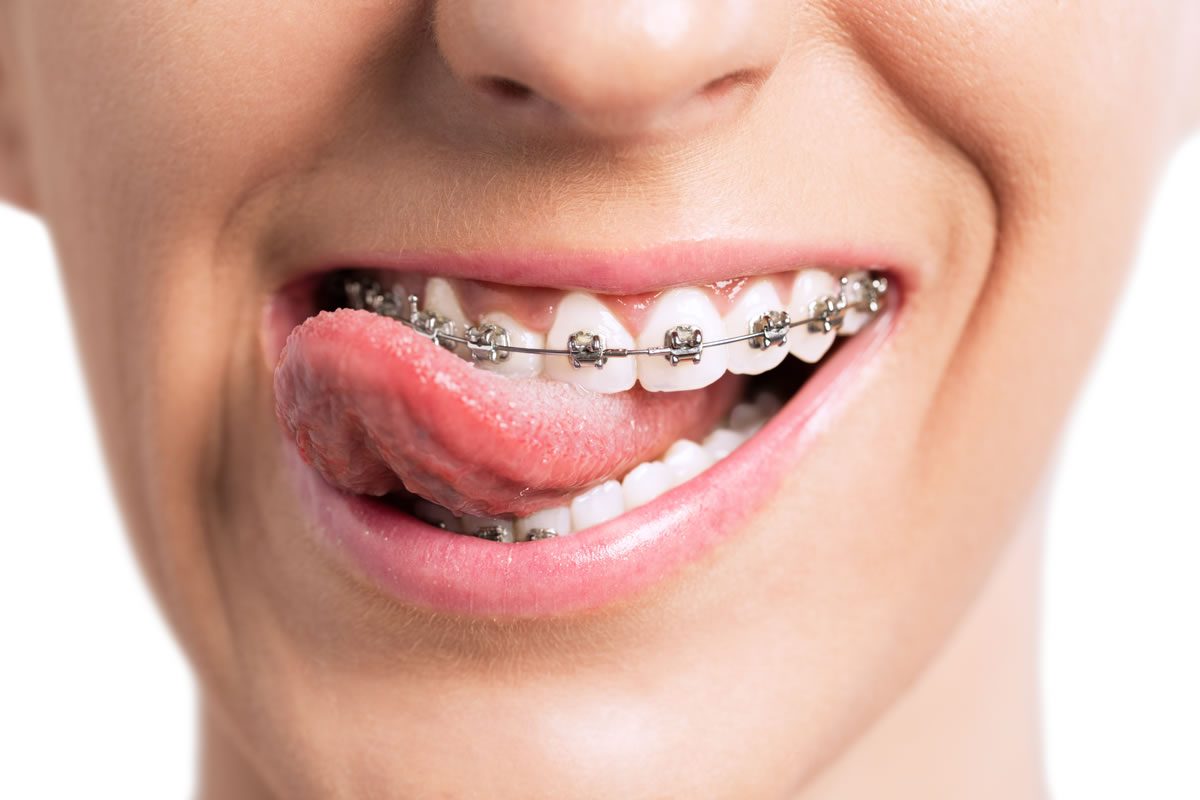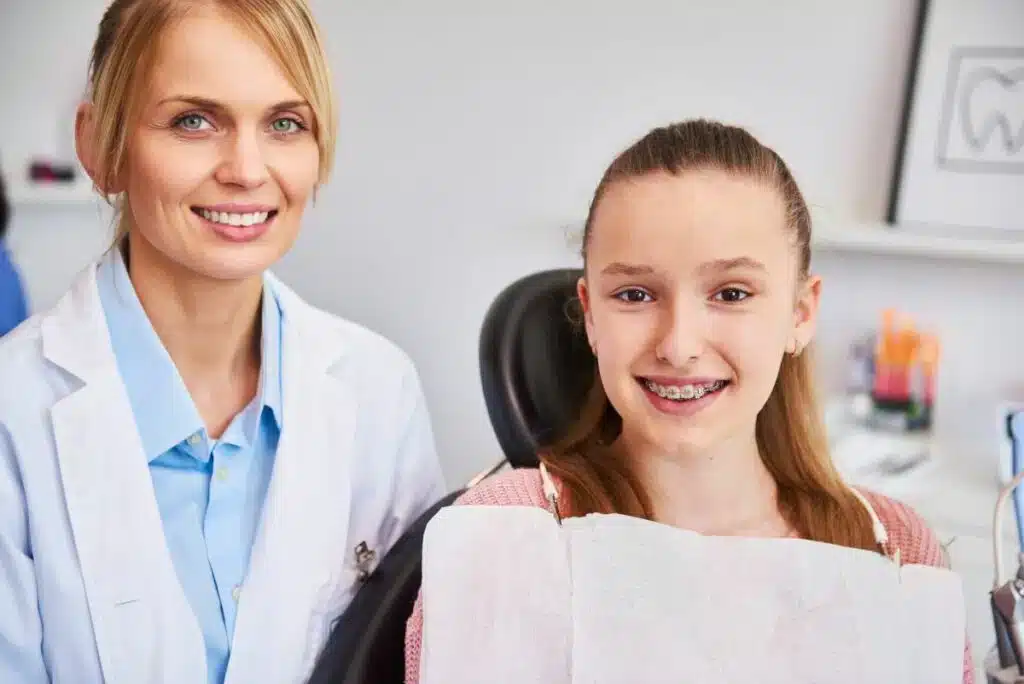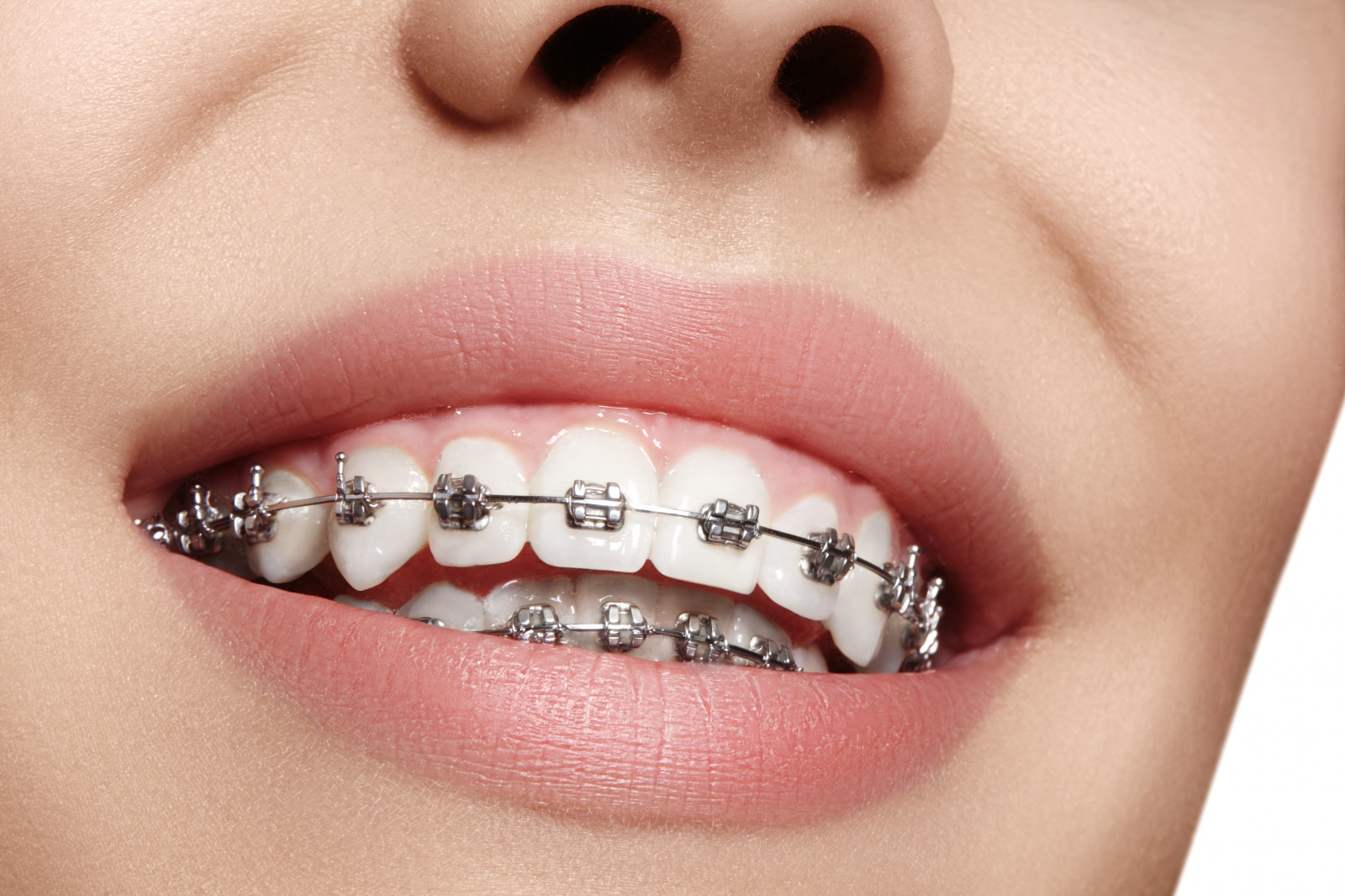The Causey Orthodontics Ideas
Table of ContentsThe smart Trick of Causey Orthodontics That Nobody is DiscussingThe Only Guide for Causey OrthodonticsExcitement About Causey OrthodonticsUnknown Facts About Causey OrthodonticsNot known Details About Causey Orthodontics
Neglecting occlusal relationships, it was common to get rid of teeth for a variety of dental concerns, such as malalignment or congestion. The principle of an intact teeth was not widely appreciated in those days, making bite connections appear unimportant. In the late 1800s, the principle of occlusion was necessary for creating reliable prosthetic replacement teeth.As these principles of prosthetic occlusion proceeded, it ended up being an important tool for dental care. It remained in 1890 that the job and effect of Dr. Edwards H. Angle started to be felt, with his contribution to contemporary orthodontics particularly notable. Concentrated on prosthodontics, he educated in Pennsylvania and Minnesota prior to routing his focus towards oral occlusion and the therapies needed to maintain it as a regular problem, therefore ending up being understood as the "dad of modern orthodontics".

The idea of perfect occlusion, as postulated by Angle and incorporated into a classification system, made it possible for a change towards dealing with malocclusion, which is any type of variance from typical occlusion. Having a complete collection of teeth on both arcs was extremely demanded in orthodontic therapy due to the requirement for exact relationships between them.
Causey Orthodontics for Dummies
As occlusion ended up being the crucial priority, face proportions and aesthetics were disregarded - best orthodontist near me. To attain perfect occlusals without making use of external forces, Angle proposed that having perfect occlusion was the very best way to obtain optimum facial aesthetics. With the death of time, it became fairly apparent that also an exceptional occlusion was not appropriate when considered from an aesthetic viewpoint
Charles Tweed in America and Raymond Begg in Australia (who both researched under Angle) re-introduced dentistry extraction right into orthodontics throughout the 1940s and 1950s so they can boost face esthetics while additionally making certain far better security worrying occlusal partnerships. In the postwar duration, cephalometric radiography started to be utilized by orthodontists for determining modifications in tooth and jaw placement triggered by development and therapy. It came to be noticeable that orthodontic treatment can change mandibular advancement, causing the development of practical jaw orthopedics in Europe and extraoral force steps in the US. These days, both useful devices and extraoral gadgets are applied around the world with the goal of modifying development patterns and types. Going after true, or at least boosted, jaw partnerships had become the main purpose of therapy by the mid-20th century.
Some Known Facts About Causey Orthodontics.
 The American Journal of Orthodontics was created for this function in 1915; prior to it, there were no scientific purposes to follow, neither any exact category system and brackets that did not have features. Till the mid-1970s, dental braces were made by wrapping steel around each tooth. With improvements in adhesives, it became feasible to instead bond steel braces to the teeth.
The American Journal of Orthodontics was created for this function in 1915; prior to it, there were no scientific purposes to follow, neither any exact category system and brackets that did not have features. Till the mid-1970s, dental braces were made by wrapping steel around each tooth. With improvements in adhesives, it became feasible to instead bond steel braces to the teeth.Andrews gave an informative interpretation of the ideal occlusion in permanent teeth. This has had purposeful results on orthodontic therapies that are administered routinely, and these are: 1. Right interarchal partnerships 2. Proper crown angulation (pointer) 3. Correct crown inclination (torque) 4. No rotations 5. Tight get in touch with points 6. Flat Curve of Spee (0.02.5 mm), and based upon these concepts, he found a therapy system called the straight-wire device system, or the pre-adjusted edgewise system.
The benefit of the layout hinges on its bracket and archwire combination, which requires only very little wire flexing from the orthodontist or clinician (family orthodontics). It's appropriately named after this attribute: the angle of the port and thickness of the bracket base ultimately determine where each tooth is positioned with little demand for added adjustment
The Best Guide To Causey Orthodontics
Both of these systems utilized the same brackets for each tooth and necessitated the bending of an archwire in three aircrafts for finding teeth in their wanted settings, with these bends determining supreme positionings. When it concerns orthodontic devices, they are divided right into two types: detachable and repaired. Detachable appliances can be handled and off by the patient as needed.

Hence, nearly all contemporary set home appliances can be thought about variants on this edgewise home appliance system. Early 20th-century orthodontist Edward Angle made a major payment to the world of dental care. He produced 4 unique appliance systems that have actually been used as the basis for several orthodontic treatments today, preventing a few exemptions.
Facts About Causey Orthodontics Revealed

The cord finished in a string, and to relocate it onward, a flexible nut was utilized, which enabled a boost in circumference. By ligation, each private tooth was affixed to this large archwire (best orthodontist). As a result of its minimal series of activity, Angle was incapable to accomplish accurate tooth positioning with an E-arch
These tubes held a soldered pin, which can be rearranged at each visit in order to relocate them in location. Referred to as the "bone-growing home appliance", this device was theorized to urge healthier bone growth as a result of its capacity for transferring pressure directly to the origins. Nonetheless, executing it proved troublesome in truth.